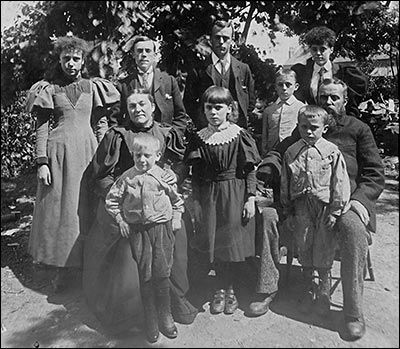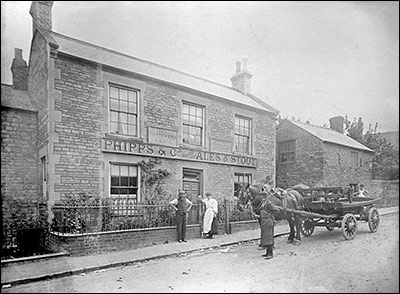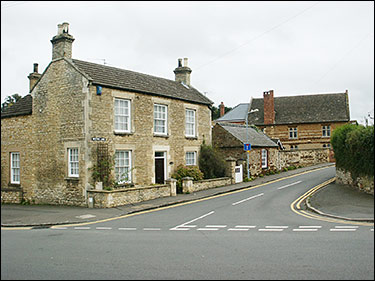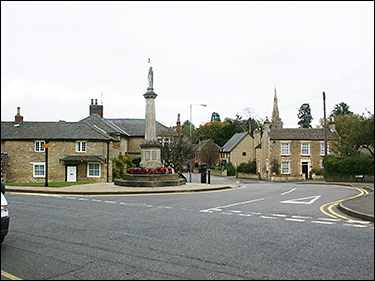The Thatcher's Arms originated in the 18th Century. At one time it was officially designated a beer house and was not allowed to open on a Sunday, presumably because of its proximity to the Baptist Chapel.
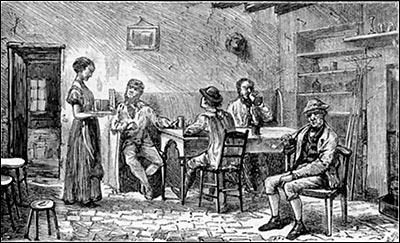 |
| This picture appeared in The Graphic dated 8th June 1872. The article was concerned with the decline in agriculture and featured pictures of the interiors and exteriors of several local agricultural dwellings. This one is simply entitled "Interior of village inn, Burton Latimer", but is thought to be that of The Thatcher's Arms. |
|
During a hearing for a licence for a public house in Cranford Road in 1898, it was stated by the applicantthat no new licence had been approved in Burton Latimer since 1862, so it is likely that this referred to The Thatchers Arms. The earliest written evidence we have relating to the premises is an entry in the 1871 census which lists Thomas Croxen as being the licensee. Four years later an article appeared in the Nothampton Mercury dated October 1875 detailing a murder following a disturbance which originated in the bar (to read about this incident, click here).
In 1881 Frederick Miller took over as licensee and his family kept the premises until 1932. By 1936 Walter Henry Turner had taken over and according to Kellys Directory was still there in 1940. Henry Turner had previously been steward at the Burton Latimer Working Men's Club, Finedon Street ("The Rack").
Stan Davis was the last landlord at The Thatchers Arms. He described himself on advertisements for the pub as “Stan Davis A.B.A. Finalist”. Research seems to show that he boxed as a welterweight between 1947 and 1949, mostly in London as he came from Walworth. He took part in 22 bouts, winning 17 and losing 5. It is not known which year he took part in the A.B.A. Championship.
Trading continued until about 1957 when The Thatchers Arms was converted into a private residence.
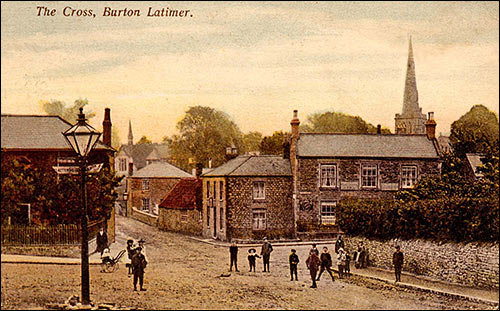 |
|
The Thatcher's Arms seen from The Cross - 1905
This coloured picture postcard depicts the premises (with the church spire seen behind it) on the corner of Church Street and Meeting Lane. The adjoining buildings, which have now gone, were the home and smithy of the blacksmith William Blake.
|
|


